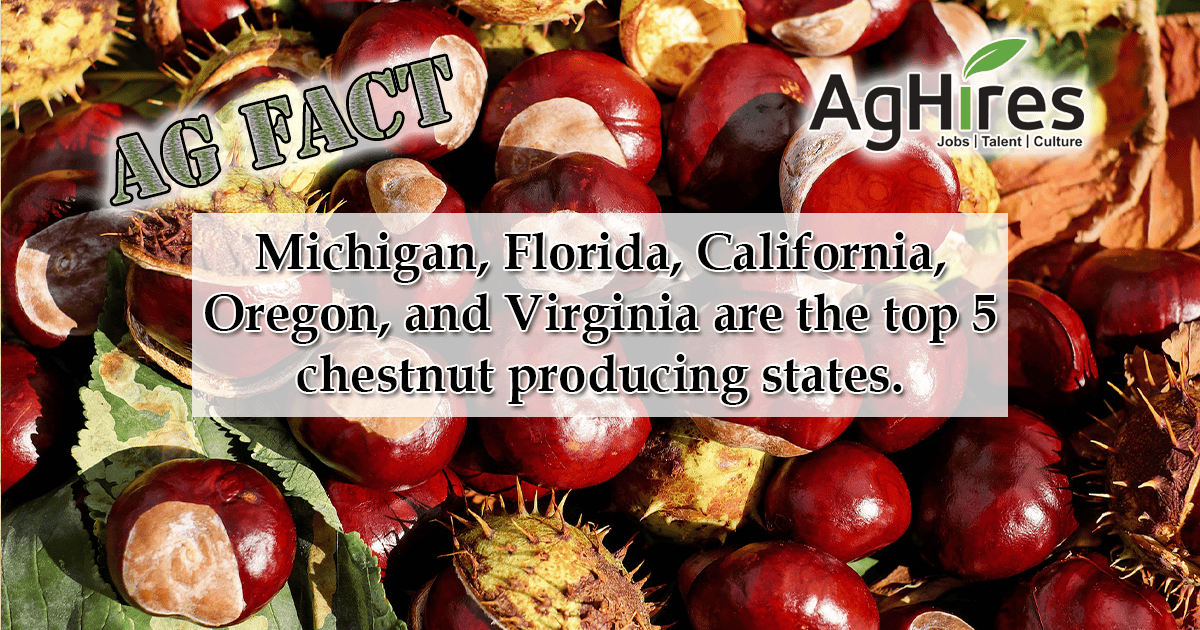
While you’re roasting your chestnuts on the open fire this holiday read these fun facts about these nuts.
- The name chestnut comes from the English term “chesten nut”
- There are 9 different species native to regions in the Northern Hemisphere.
- The 4 main types are known as European, Chinese, Japanese, and American.
- Depending on the species, chestnut trees can live 200 to 800 years.
- Chestnut flowers do not self-pollinate and require two trees.
- Two of three flowers form together to form a four-lobed prickly calybium, which merge together to make the husk covering the fruits.
- A sharp cupule, called a burr, contains the fruit. Burrs contain 1 to 7 nuts depending on the varieties.
- Chestnuts have a pointed end with a tassel at its tip. The bottom has a pale brown attachment scar, called a hilum.
- The nut could also be flattened on one or two sides, depending on the variety.
- They also have two skins. The brown outer hull, called pericarpus, is hard and shiny. The under layer, called pellicle, is thinner.
- All species, except American chestnut, are abundant in the wild. Between 3 and 4 billion American chestnut trees were destroyed by a fungal disease in the first half of the 20th century.
- Japanese chestnuts were cultivated before rice and Chinese chestnuts have been cultivated for 2,000 to 6,000 years.
- The oldest and largest chestnut tree in the world is a Sweet Chestnut tree, call the Hundred-Horse Chestnut. It’s located in Sant’Alfio in Sicily. It is believed to be 2,000 to 4,000 years old.
- Chestnuts are eaten raw, baked, boiled, or roasted and can be dried and milled into flour.
- Chestnut flour can be used in breads, cakes, pies, pancakes, pastas, polenta, and as a thickener for stews, soups, and sauces.
- Horse chestnuts and water chestnuts are not related to these nuts.
- Chestnut trees being to produce in 3 to 5 years. And by 10 years can produce as much as 10 to 20 pounds per tree. At maturity, about 15 to 20 years, a tree can produce 50 to 100 pounds per tree.
- While the United States is one of the few countries in the world that can grow chestnuts, they have about 3,700 acres of trees on about 919 farms.
- Michigan, Florida, California, Oregon, and Virginia are the top 5 producing states.
- The average American consumes less than 1 ounce per year. To compare, Europe consumes 1 pound per capita and 2 pounds in Asia.
Want more Agriculture Facts? Click here
Follow us on Facebook and Twitter to get your weekly dose of Ag Facts.
Sources:
Just Fun Facts
Agricultural Marketing Resource Center
Chestnut Hill Tree Farm
Did you know that some chestnut trees can live up to 800 years? Click here to learn more!






